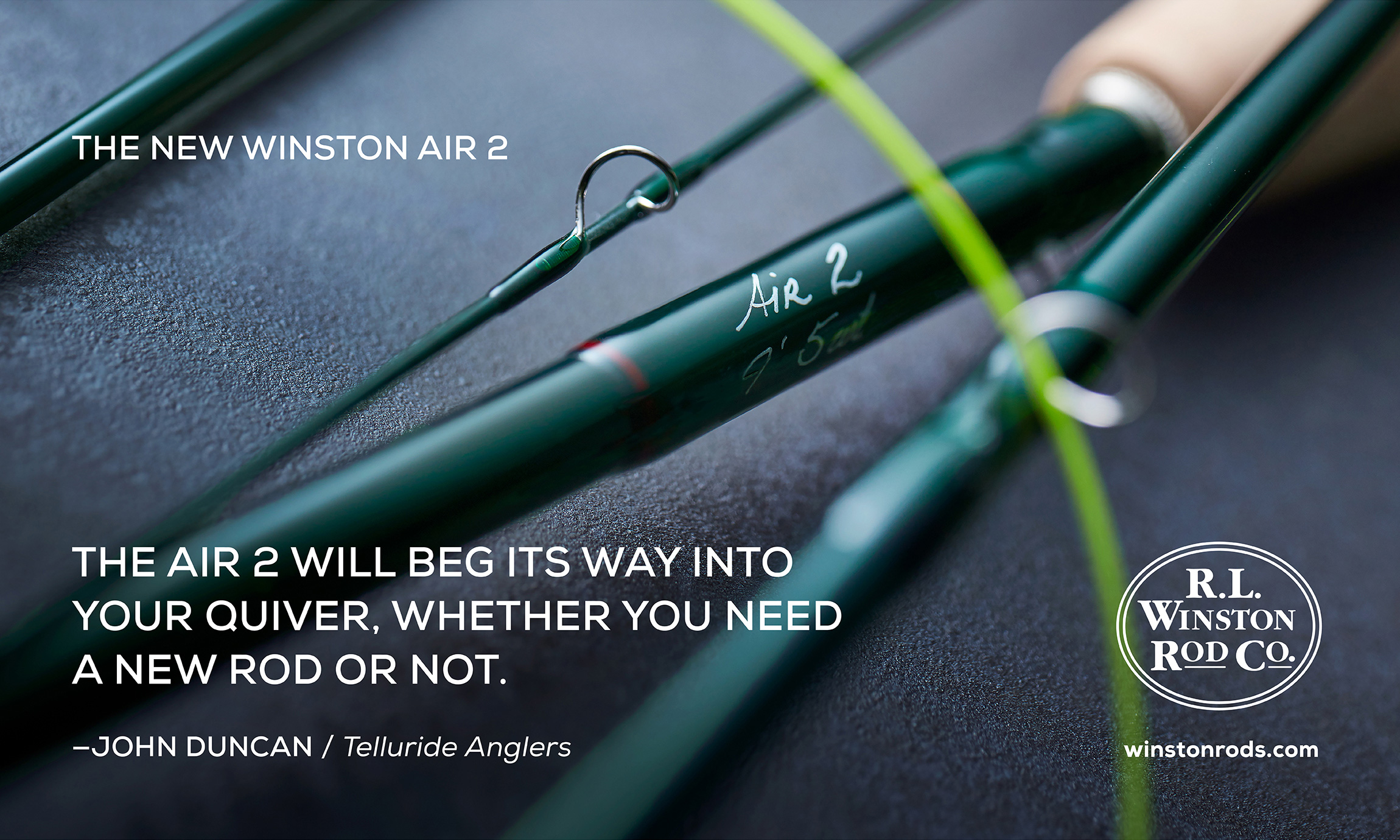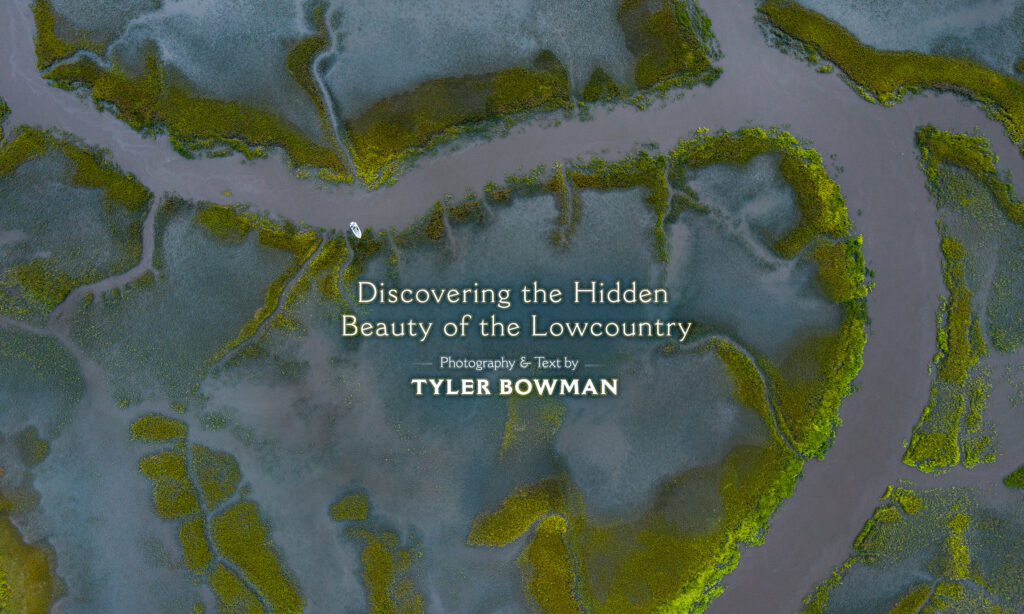The Paraná River is the birthplace of dorado fly fishing, and it plays a crucial role for the people of Brazil, Argentina, and Paraguay. This mighty river provides commercial fishing, cargo transportation, drinking water for millions and hydroelectric power to the surrounding regions. Plus, it supports rich biodiversity and fosters a variety of plant and animal life that is integral to the local ecosystems.
A key highlight of the middle section of the Paraná is the baitfish migration, taking place from late July to November. During this time, dorado become particularly active, foraging for food to gain strength ahead of the spawning season, which typically occurs between November and December.
This stretch of the Paraná provides a variety of fishing opportunities, featuring cut banks, submerged logs, flat sandbars, drop-offs and backwater currents from inner lagoons.






fisherman Pablo Chapero, photo by Lucas De Zan.
The final key to the middle Paraná is its abundant sandbars, which offer some of the river’s best sight-fishing. These areas can be explored on foot or by boat, depending on where the dorado are located. To avoid spooking fish in shallower waters, floating lines and longer leaders are commonly used.
Depending on the circumstances, these cruising dorado can either be cautious and skittish or shed all inhibitions during a thrilling feeding frenzy. You can find them swimming in singles, pairs or schools, and with good water clarity, they become easier to spot. In deeper water scenarios the game changes—reading the water well and thoroughly covering it becomes essential for success.


The fishing adventure occurs at Karandá Lodge, situated on the west side of Corrientes Province in Bella Vista, just an hour and a half from Corrientes Airport. Anglers primarily use floating and intermediate lines, while common flies to have in your arsenal include streamers like the Andino Deceiver, poppers and mouse patterns. A distinctive aspect of this part of the Paraná River is the wide range of fish sizes you can encounter, from young dorado weighing around 3 pounds to large females exceeding 25 pounds.
The waters are also home to pacú, various species of catfish and other smaller fish. Rods in the #7 to #9 range are ideal for fishing here, with floating lines, intermediate lines, and sink-tip lines also useful. During the colder months, cold-water lines such as Winter Redfish are effective, while in spring, tropical lines like Grand Slam or Outbound yield great results.










fisherman Lucas de Zan, photo by Fabian Anastasio.



To tackle dorado, wire leaders are a must, with AFW 7×7 wire ranging from 40 to 65 pounds recommended for larger catches, along with robust leader material to withstand the pressure as fish dart through logs. Dorado flies, including Andino Deceivers (4 to 7-inch streamers tied on 3/0 to 5/0 hooks) and topwater patterns like mice and poppers, create an exhilarating fishing experience. Boats here are equipped with powerful trolling motors, designed to navigate the strong currents of this magnificent river.




Contributed By
Lucas De Zan
Lucas is a fly fishing guide in Argentina and Brazil, with more than 20 years of experience. He’s caught and guided anglers for different species ranging from Golden Dorado in spring streams to large ingots in Alto Paraná. He’s captured on camera the sea trout of Rio Grande on Tierra del Fuego and unique species like payara and the beautiful giant peacock bass of the Amazon. He is also an established nature photographer.
For more information on Karandá Lodge please goto https://www.karandalodge.com











